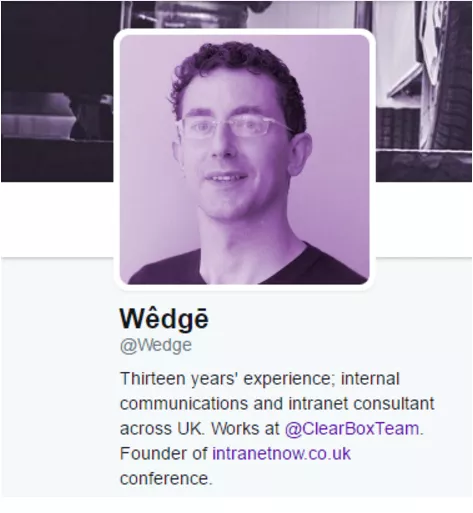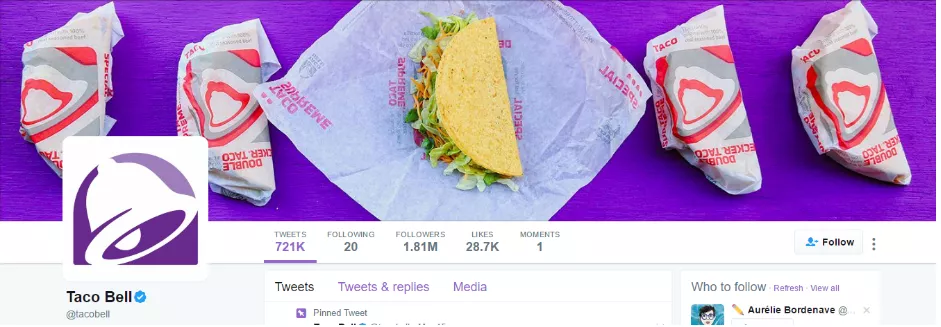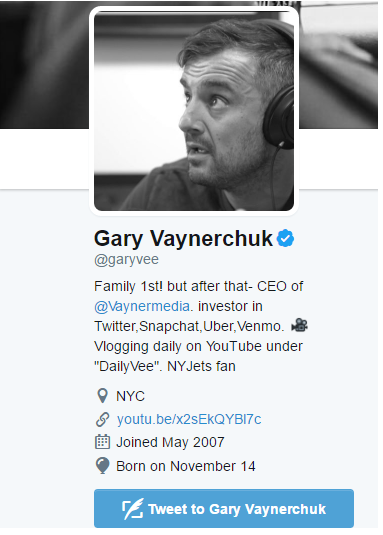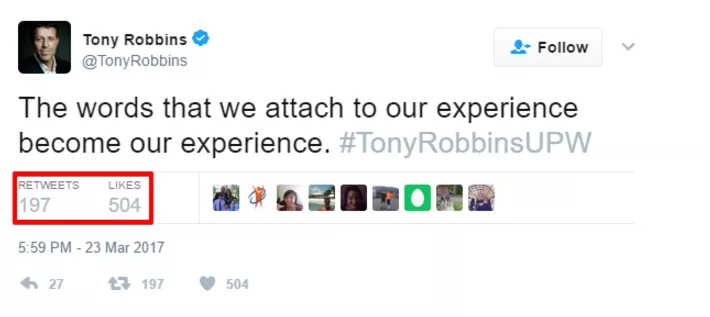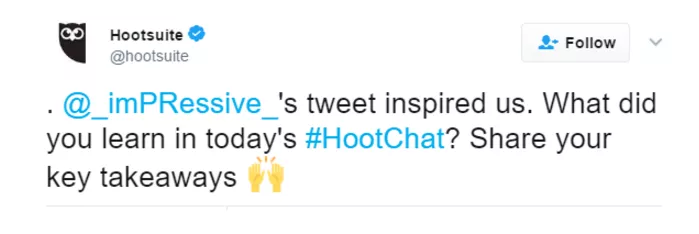Twitter is a social network or a microblogging platform, depending on your perspective, but it has a very specific characteristic – it is very very fast. As on any social network these days, Twitter users have followers, likes, shares, reposts (retweets) – everything you’d expect. The difference is that information on Twitter flows at a much faster rate than on most popular social networks like Facebook, Pinterest, Linkedin or Instagram (although this one is debatable).
This is partially because the length of messages on Twitter is limited to 140 characters. People often use Twitter as a sort of stream of headline news. They subscribe to updates from favorite brands or companies, follow celebrities and friends, etc.
Here are some statistics for those who like numbers:
- Twitter’s monthly active users (MAU) was approximately 250 million in 2016
- 86% of MAU are mobile users
- 23% of US smartphones have Twitter installed
- 80% millennials use Twitter on mobile device
How can you use Twitter?
You choose to broadcast something specific through your Twitter feed or you can use this platform to contact specific people and build online relationships.
Depending on how you plan to use Twitter – for business or as a personal account – you will have different goals and results. If you need to grow leads for your business, want to reach out to your clients, or share current news about your company – Twitter is actually a really good channel to use.
Why? Because tweets, due to their limited size, are almost always straight to the point. If you are presenting your business to the online audience in a 140 character message, you definitely have to make it precise and interesting in a short form. Twitter audience will not follow you if your posts are not catchy or interesting. Too much info to scroll through, no time to waste on following boring generic headlines.
If you choose to use Twitter to build your own personal account and online persona, then your approach will differ and will probably resemble an Instagram account, but that’s another in-depth topic.
Where do you start with Twitter?
Regardless of whether you are creating a business or a personal account, there are a few things you must do to make your account easily reachable and recognizable for your future audience.
Introduce yourself
First, choose a name and a Twitter handle. For personal account we suggest you use your real name, but you can use a nickname (a lot of people do that). For a business profile – the best variant is to use your business name.
Twitter handle is your unique “Twitter address”. This will be used by others to find you on Twitter. It starts with @ and is also used in your Twitter URL, here is an example: https://twitter.com/garyvee
Spend some time thinking about your unique Twitter handle to make it easy to remember and simple enough for people to type it on their phones. Twitter is mostly used on mobile devices after all, as mentioned in the stats above.
Choose a picture
The particular type of account you want to create defines whether you might want to use either your brand/company logo for a business profile or your photo for a personal account. Try to avoid generic avatars, they probably won’t help you make a connection with your audience, or at least it will not be as deep as you’d like.
However, if you run a small business and want to make it more personal, you can use your business name for the Twitter handle, but set your own photo as a profile picture.
A header background image makes your account more personal. You can use it to reflect your profile’s mood, personality or even the industry you work in. A good example is Taco Bell: their Twitter header makes it clear: “We make Mexican food you want to eat (right now)”.
Fill in your profile
The main aim of your Twitter account is increasing brand awareness, but before you need to give more information about yourself to the audience. Fill your profile with information about yourself, your business, what are you here for, what are your hobbies and interests – anything that will connect you with your new followers.
Remember that your Bio section is only 160 characters long (yes, these limitations again, but they do make you get straight to the point).
Example: Gary Vaynerchuk’s profile. His account is focused on his personal brand. Right from the start you see his values and achievements, followed by his interests and hobbies. 160 characters and you already know whether you share same views, is he an interesting person and whether you live in the same city.
Start tweeting
After you’ve introduced yourself “visually”, it’s time to communicate with people. To do this, you first need to consider your audience. Who they are, what they are interested in, how you can appeal to them.
If you are tweeting mostly to your friends, you can include more personal things in your messages. However, if you wish to reach a broader audience, it’s best you consider what is interesting to them and talk about that. If you share the things people like and are genuinely interested in, you’ll have a lot more chances to get new followers, retweets and likes – these are called audience engagement metrics.
Here is a good example of a tweet by famous Tony Robbins which resonates with the audience:
It does not even have to be a link to your product or article, it can simply be something inspirational.
Twitter language
Now, some basic terms you need to know and understand to be able to communicate on Twitter.
Hashtag or # is a tag for a message you post on Twitter. It helps people find relevant information in this overwhelming stream of data. If you go to Twitter search and type in “#HealthyFood”, you will get all the posts and accounts related to this particular topic.
“@” symbol is used on Twitter in two cases, but people often miss this point and think that there is no difference. We are talking about @reply and @mention.
@reply is used when you wish to reply to someone’s tweet. In this case your tweet starts with @usermane, where username is the Twitter handle of a person you are replying to. When you @reply to someone, you and the person you reply to will see the message, plus anyone who follows you both. This is important, people who follow only one of you will not see the message.
@mention is similar in a way that you also put the username of a person you wish to reach after the @. But this time you place it inside the tweet, not at the beginning. Everyone following you will see it, as well as the person you have mentioned.
Sometimes people want to make their @reply public (seen to all followers), so they start a reply by putting a dot in front of the @reply essentially turning it into @mention.
Conclusion
All of the aforementioned facts compose an growth hacking basis for setting up a Twitter account. We will discuss Twitter marketing strategies: how to grow your audience and online influence, in our upcoming posts. But for now, if you are new to Twitter, you can focus on reaching out to people you personally find interesting and engage with them in meaningful conversations.
If you think we left something important out a Twitter newbie should know, feel free to tweet at us @netpeak_en and don’t forget to follow ;)
{tilda_form_wildcard_25148512}
Related Articles
Five Steps to Building a Keyword List and Clustering Keywords
In this article, I'll show you how to identify and group keywords in a way that will effectively attract your target audience
Amazon Dynamic Bidding: The Strategy and Psychology Behind Top Brands
Dynamic bidding on Amazon isn’t just another checkbox in your campaign settings; it’s the difference between throwing money at the Amazon advertising wall and orchestrating a symphony of strategic bid adjustments that separate the pros from the pretenders
A Netpeak Case Study: How to Generate Leads Through LinkedIn and Get Results in Six Months
We show our approaches step by step


